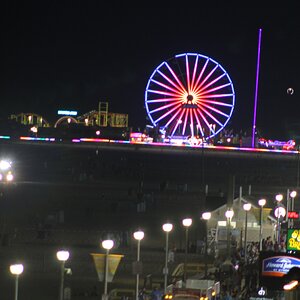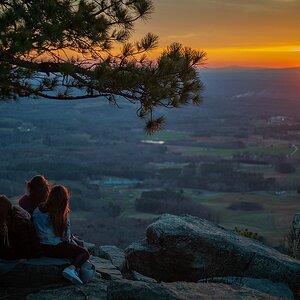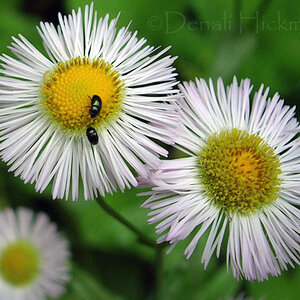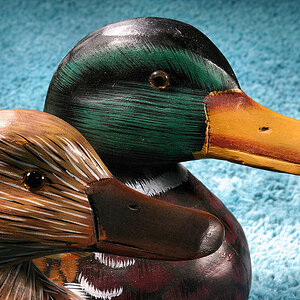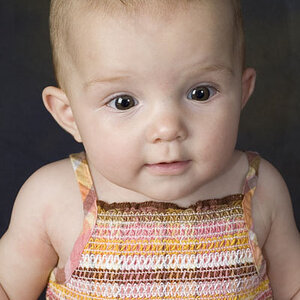gsgary
Been spending a lot of time on here!
- Joined
- Oct 31, 2008
- Messages
- 16,143
- Reaction score
- 3,002
- Location
- Chesterfield UK
- Website
- www.gsgary.smugmug.com
- Can others edit my Photos
- Photos OK to edit
The strobes are hooked from the opas transceivers via PC sync. The speedlight is mounted to the hotshoe
The pixel opas transceivers are compatible with the King system up to 1/8000. They're about 95% reliable. The King receiver....mehhh not so much
How long between each shot are you waiting for the flash to get back up to full power ?


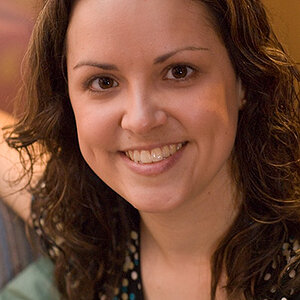
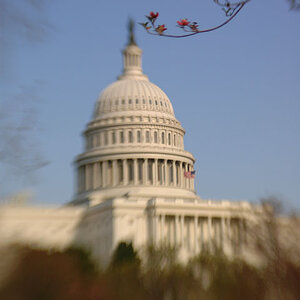
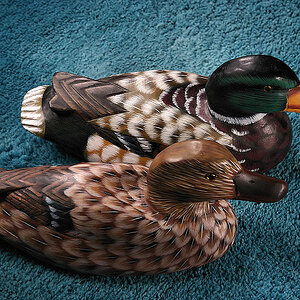
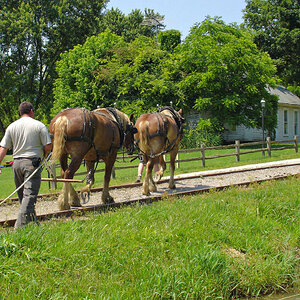
![[No title]](/data/xfmg/thumbnail/31/31707-a2840f3af9af3a4fa6f6dfbd4028eae5.jpg?1619734964)
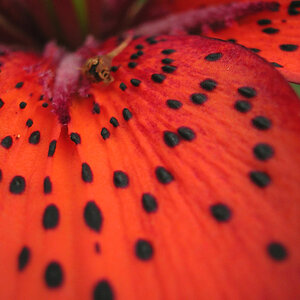
![[No title]](/data/xfmg/thumbnail/31/31708-69f4ec98ec000d4fc9a9a1cc282e8e16.jpg?1619734965)
